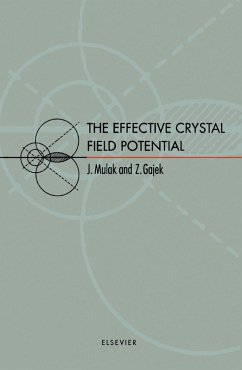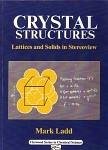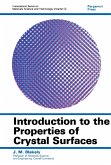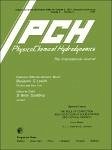The conventional notion of the crystal field potential is narrowed to its non-spherical part only through ignoring the dominating spherical part which produces only a uniform energy shift of gravity centres of the free ion terms. It is well understood that the non-spherical part of the effective potential "seen" by open-shell electrons localized on a metal ion plays an essential role in most observed properties. Light adsorption, electron paramagnetic resonance, inelastic neutron scattering and basic characteristics derived from magnetic and thermal measurements, are only examples of a much wider class of experimental results dependent on it. The influence is discerned in all kinds of materials containing unpaired localized electrons: ionic crystals, semiconductors and metallic compounds including materials as intriguing as high-T superconductors, or heavy fermion systems. It is evident from the above that we deal with a widespread effect relative to all free ion terms except those which can stand the lowered symmetry, e.g. S-terms.
Despite the universality of the phenomenon, the available handbooks on solid state physics pay only marginal attention to it, merely making mention of its occurrence. Present understanding of the origins of the crystal field potential differs essentially from the pioneering electrostatic picture postulated in the twenties. The considerable development of the theory that has been put forward since then can be traced in many regular articles scattered throughout the literature. The last two decades have left their impression as well but, to the authors' best knowledge, this period has not been closed with a more extended review. This has also motivated us to compile the main achievements in the field in the form of a book.
Dieser Download kann aus rechtlichen Gründen nur mit Rechnungsadresse in A, B, BG, CY, CZ, D, DK, EW, E, FIN, F, GR, HR, H, IRL, I, LT, L, LR, M, NL, PL, P, R, S, SLO, SK ausgeliefert werden.









